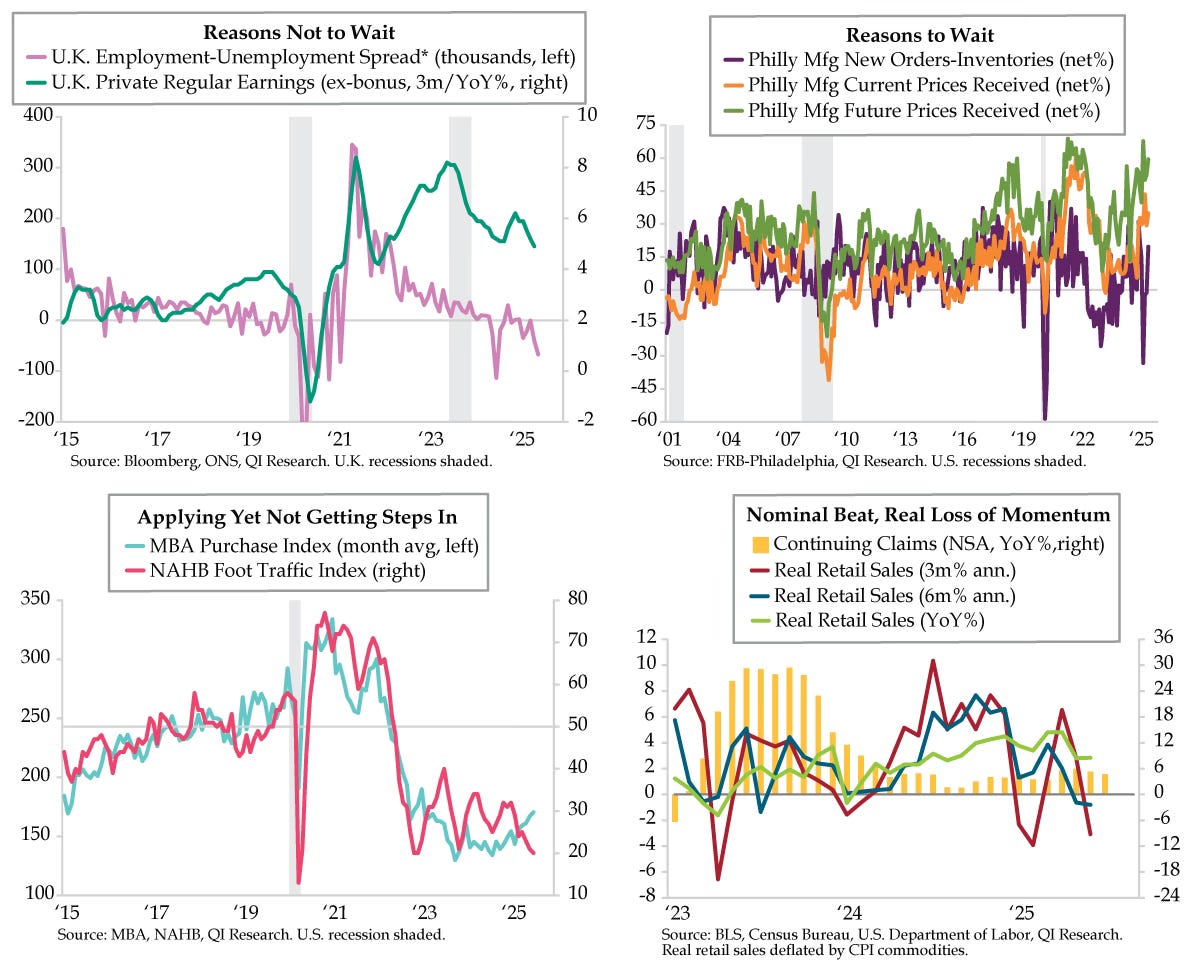In the early 1920s, Garrett Morgan was driving with his two sons in their car and witnessed a horrifying accident between a car and a horse-drawn buggy. A young girl was thrown from the buggy and the injured horse was humanely euthanized in the street. Rebekah Oakes, historian for the U.S. Patent and Trademark Office, said the episode rocked Morgan to the core. “So, he designed, invented, and patented a traffic signal that would be more prominent in the street,” and operated by a police officer tasked with directing traffic. Oakes explained, “Between ‘stop’ and ‘go’ there would be another option: ‘clear the intersection,’ before traffic resumed moving. Today, we know that as the caution light or yellow light.” On November 20, 1923, Morgan applied for a yellow light patent, positing that his invention would help in “avoiding accidents which frequently occur by reason of the over-anxiety of the waiting drivers to start as the signal to proceed is given.”
Anyone who drives America’s roadways knows not every one of their fellow drivers slows down when they see a yellow light. Sometimes, it’s like the start of the Indianapolis 500. Ideally, after smoothly applying the brakes, a stop is made before the light turns red. In the dry science, the ‘wait/don’t wait’ mentality was on full display yesterday.
First up on the economic docket was the U.K. labor report, which greenlighted the Bank of England (BoE) cutting rates again when it meets next month. As of this writing, rates traders had priced a 90% probability for a quarter-point cut on August 7th. Despite initial volatility in Gilts after U.K. wage data didn’t ease as much as the consensus anticipated – by a measly one tenth – the short end closed up 5 basis points (bps) and the long end 1.5 bps.




